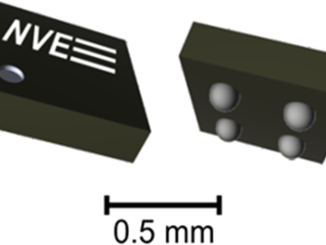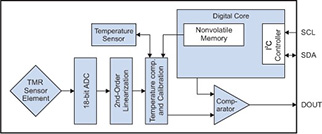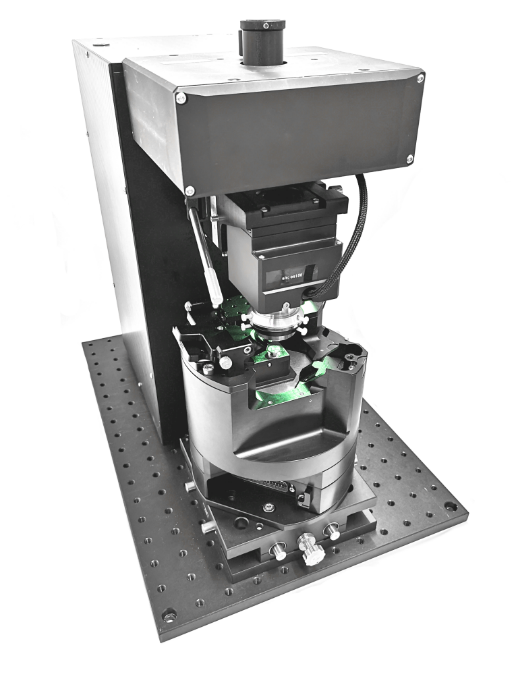
Qnami recently announced the closing of a $2.6 million seed round led by Venture Capital fund Quantonation and further supported by investiere, ZKB Start-up Finance and the High Tech Gruenderfond. The funds will support the market entry of Qnami’s first product, a quantum microscope for inspection of magnetic materials at the nanoscale, and further developments of quantum sensing applications.

Founded in Geneva, Qnami has developed a platform for the analysis of magnetic materials at the nanoscale, based on a proprietary quantum technology. “In modern electronics, the magnetic properties of materials play a crucial role. Yet, they are not always well understood and even less well-controlled, at a sub-micron scale,” said Mathieu Munsch, cofounder and CEO of Qnami, who is shown second from right in the photo.
“Our technology allows scientists and engineers to explore new ideas, to directly visualize the effect of any small change in their design or fabrication process. Our first product will help them finely focus their efforts, so that they can create, design and deliver the electronics of the future.” Qnami’s quantum microscope addresses a specialized market with excellent growth prospects. “The vision of Qnami goes beyond this horizon, “said Munsch. “With the Quantum Foundry we want to bring our technology, and the know-how we are developing, to other areas where classical solutions have reached their limits.”
The ProteusQ (pictured at the top) is the first scanning probe microscope making use of NV technology. It allows quantitative and non-perturbative analysis of surface magnetic fields at the nanoscale. The microscope has a large (x,y) scanning range 100µm x 100µm and a digital closed loop for all directions as well as fast qualitative and quantitative modes. The ProteusQ is also compatible with Qunatilever MX which are diamond probes for scanning probe microscopy.
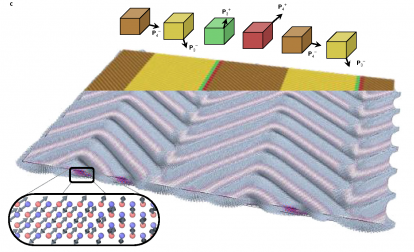
Multiferroics and antiferromagnets are materials of great fundamental interest and are key contenders for next generation electronic devices, where they promise new functionality and improved performance. In a recent publication in the journal “Nature Materials”, a group of French researchers led by Prof. M. Viret was able to image and understand a novel type of chiral spin-textures occurring on BiFeO3’s domain-walls, which had never been observed before. Find out more about the work here: https://doi.org/10.1038/s41563-019-0516-z.
One of the challenges was that magnetism in these materials is extremely difficult to study due to the weak magnetic signals they usually generate. Using Quantilever MX, Prof. V. Jacques could overcome this limitation, confirm the results from the team’s simulations and validate their assumptions. The results added a new member to the growing family of non-trivial chiral spin textures, and candidates for tomorrow’s spintronic devices.
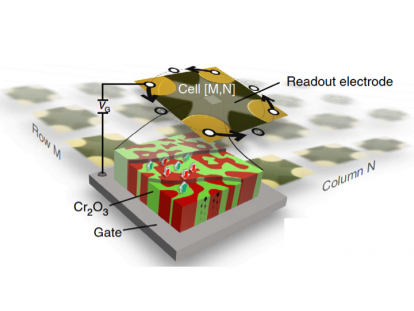
Another application for these probes is the measurement of extremely weak magnetic fields. In an experiment led by the group of Dr. Denys Makarov in Dresden, researchers from Germany and Switzerland suggested a promising new approach to magnetoelectric RAM, in which the storage layer is made of antiferromagnets. Antiferromagnets have internal magnetic order, but the direction of their microscopic moments alternate between neighboring atomic sites. The resulting zero net magnetic moment makes magnetism in antiferromagnets externally invisible. This implies that information stored in antiferromagnetic moments cannot be measured by common magnetic probes using the Quantilever MX, images of the magnetic domains at the surface of the antiferromagnetic layer could be recorded. The high-resolution microscopy data proved essential to back up key assumptions on the magnetic state of the surface.
Qnami’s first equity round also was led by Quantonation, which specializes in deep tech with a strong focus on emerging quantum technologies. “Quantum technologies leverage the non-intuitive properties of quantum mechanics to develop disruptive applications in fields such as quantum computing, sensing and communications,” said Olivier Tonneau, general partner and new member of the board of Qnami. “They are also called the second quantum revolution. The most mature technologies in this field use the sensitivity of quantum devices to measure properties with previously unattainable precision, addressing applications in areas as diverse as microscopy, MRI or navigation.“
Building on strong support from the University of Basel, the Swiss Nanoscience institute, the QSIT NCCR, and several national and European institutions, Qnami has grown to a team of 8 people combining technical expertise in quantum technologies, microfabrication, engineering and software.
For more info, visit: www.qnami.ch.

